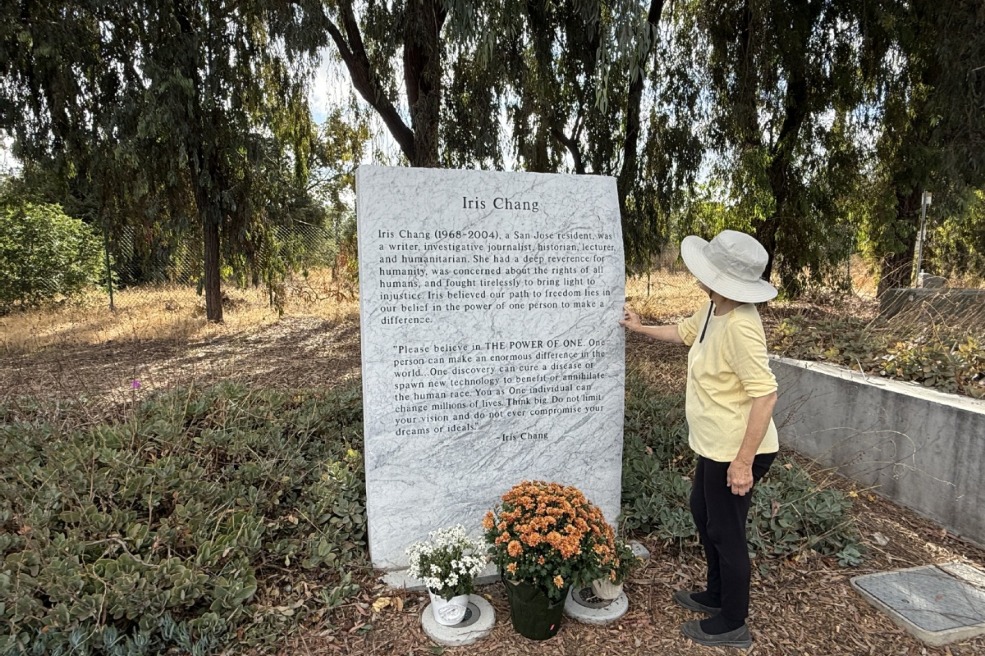A deeper purpose
Questions remain about what the pits uncovered at Sanxingdui were for, and while theories abound, one suggests evidence of a major spiritual reform, Zhao Xu reports.
By ZHAO XU | China Daily | Updated: 2024-04-20 10:19

A new theory came along: The pits were where the Shu people buried their much-treasured ceremonial and sacrificial wares, right before they were forced to flee to Jinsha, where the fortune of the kingdom continued to wane. The proposition remained popular for a long time, until it, too, was cast into doubt with the discovery of the six additional pits in November 2019.
"For one thing, the eight pits were arranged in an orderly fashion in relation to one another, something that would be unlikely to happen if they had been dug out in great haste," Hu says.
The 2020-2022 excavation, carried out with the full assistance of modern technology, revealed a highly stratified burial pattern, which in turn offers a tantalizing glimpse into what actually took place more than 3 millennia ago, around the 11th century BC.
"Take Pit No 4 for example. The initial 1.4 meters were all dirt. Beyond that it was a 15-centimeter-thick layer of ash, which led to another layer of dirt sprinkled with bits and pieces of bronze, bone and gold artifacts," says Ran, the archaeologist. "'This is about all of it?' We thought to ourselves at the time. And that's when the elephant tusks revealed themselves, through which we got a peek of the bronze and jade items lying underneath."
























